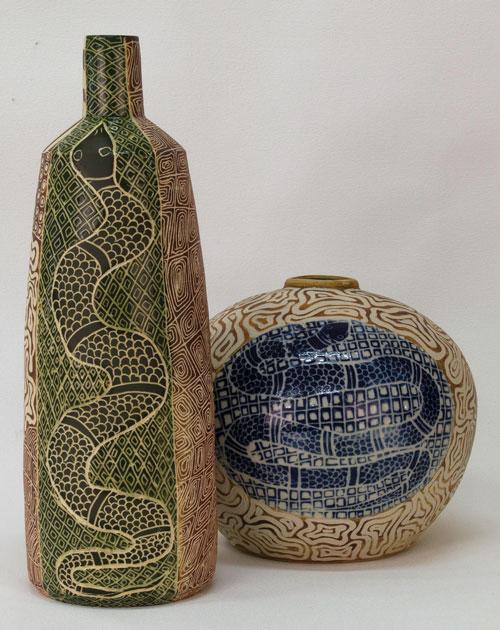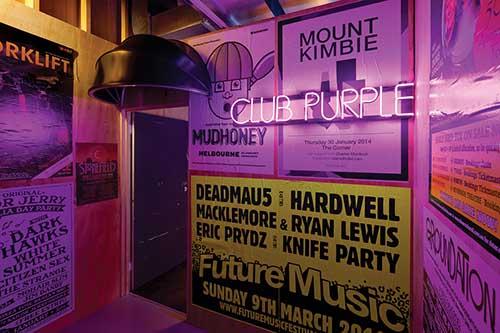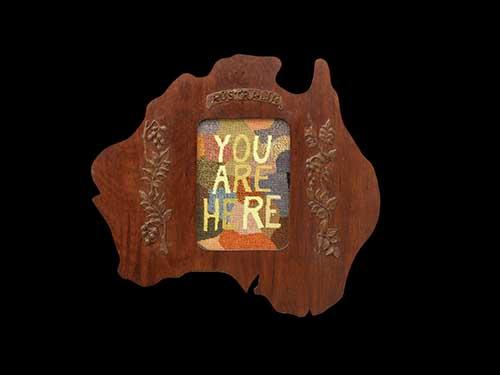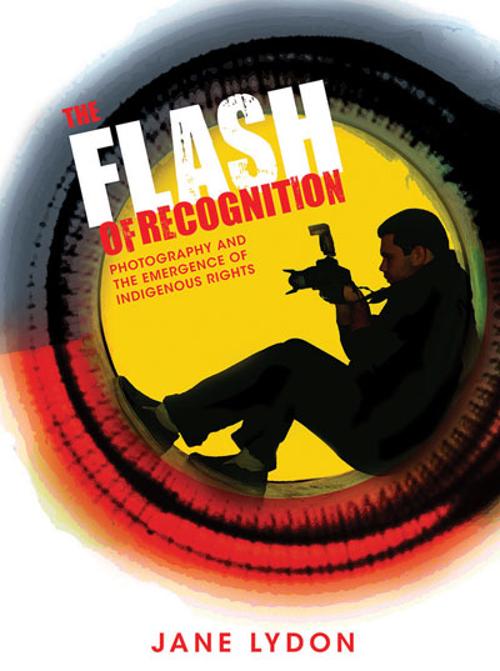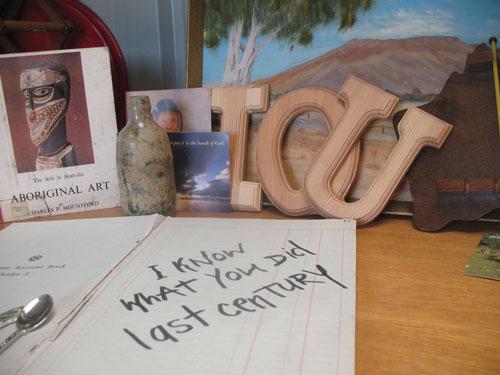
Artist Run Initiatives, better known as ARIs, have emerged with increasing popularity and presence in art communities across the country in the last few years. Adelaide was recently introduced to its newest ARI, Grid Projects, the brainchild of co-directors Adele Sliuzas, Alex Lofting and Sundari Carmody. Named in homage to the distinctive grid shape of the Adelaide CBD, Grid Projects recently hosted its inaugural Grid Festival, a dynamic three-week whirlwind of curated exhibitions, public installations, open studios, live performances and a SympARIum of guest speakers. The Festival showcased the work of seventeen emerging Adelaide-based artists covering a broad range of mediums, including photography, ceramics, sculpture, installations, digital media, textiles, glass, painting and performance art.
Neatly slotted between renowned blockbuster arts events the Adelaide Fringe, Adelaide Festival and Adelaide Biennial, Grid Festival was conceived as a mini-festival operating alongside, yet distinctly outside, the established dialogue of contemporary arts. Deftly positioned as a counter-festival on the fringe of the Fringe, Adele says Grid Festival was conceived as “an incursion into the fluff of ‘Mad March’ and also the elitism of the established institution”.
Operating without permanent premises, exhibitions were housed in various venues throughout the CBD, including long-running local ARI FELTspace, Nexus Lion Arts Centre and UniSA’s SASA Gallery Project Space. Roving national ARI Tarpspace offered an unconventional approach to the display of artworks, the space consisting of a tarpaulin hut positioned within the foyer of UniSA’s SASA Project Gallery Space. Refusing to be restricted to a consistent site or form, Tarpspace dealt a well-aimed blow at established institutional spaces by offering a cheap, simple and flexible alternative for emerging artists and curators to exhibit work in. In addition, temporary galleries were sourced through Renew Adelaide, underscoring the often opportunistic, ephemeral and transformative qualities of ARI culture and spaces in Adelaide. The most significant of such spaces, Dymaxion Lab, was lovingly transformed from a dingy ex-convenience store into a crisp white cube gallery for the duration of the Festival. Poignantly located opposite the Art Gallery of South Australia, the space functioned as the site for the Festival’s VIP vernissage event attended by a mixture of like-minded art enthusiasts and representatives from the Adelaide art scene.
Local creative industry and studio space The Mill presented an evening of eclectic live performances and digital recordings by featured artists, offering a welcome injection of physicality. Open studio days provided interested parties with the opportunity to gain an intimate insight into the inner workings of artists’ creative spaces. Held at artist workspaces at The Mill, 6 Hands, Peer Studios and Fontanelle, these open studios encouraged visitors to actively engage with artists, thereby building connections between artists and the broader community.
The crowning event of Festival was the SympARIum, a series of three short lectures featuring guest speakers with experience in self-organised activities and artist run initiatives across Australia. Guest speakers included Polly Dance, a previous co-Director of FELTspace and current Director of Constance ARI in Hobart; Nick Garner, an artist, producer and co-founder of quarterly ARI arts magazine Das Superpaper; and Monte Masi, a founding Director of FELTspace and previous curator at the Contemporary Arts Centre of South Australia. Held at the Australian Experimental Arts Foundation, the SympARIum was conceived as a means of presenting a forum for structured debate, critical exploration and insight into the nature, practicalities and development of Australian ARIs. The lectures concluded with a highly successful informal panel allowing meaningful interaction and discussion between guest speakers and attendees. The directors hope that the SympARIum will act as a catalyst for opening up further discussion and opportunities for the emergence and diversification of new ARIs in both South Australia and around the country.
Grid Projects have set a precedent for ARIs in both Adelaide and Australia, being among the first of such initiatives to present a broad multi-event Festival dedicated to showcasing the work of emerging Australian artists. Obviously much more than mere transient ‘fluff’, Grid Festival encourages us to consider the role of ARIs and the future and function of contemporary art long after the silly season of Mad March draws to a close. ARIs are here to stay, and if the success of the first Grid Festival is anything to go by, this is a very welcome development indeed, particularly to small and increasingly lively cities such as Adelaide.






